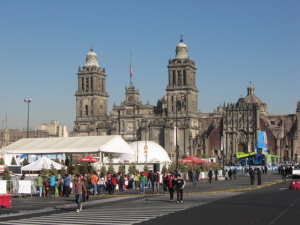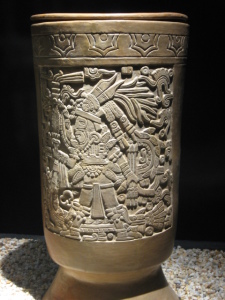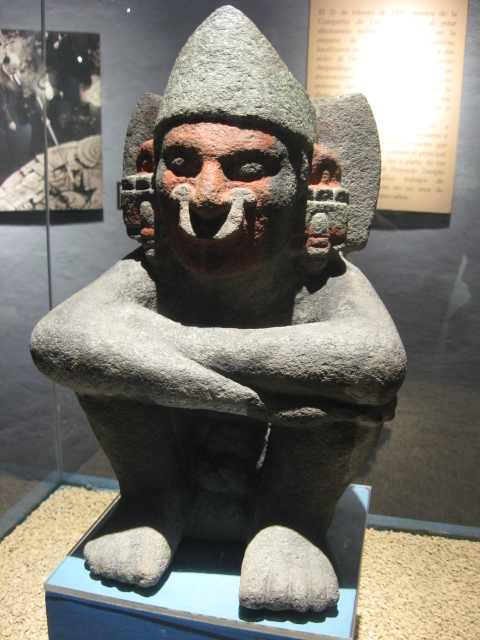
Ruta Maya – Part One
This is Part One of a series of articles about the Aztec and Mayan pyramids and ruins in Central America.
The Zocalo
Updated May 2022
Although most of the pyramids and other cultural sites in Central America were built by the Mayan people, we will begin our tour with the Aztec culture, located further north near Mexico City.
First, fly to Mexico City and get settled in your hotel. Second, tour the Zocalo, which is the heart of Mexico. It is the second-largest public square globally, after Red Square in Moscow. The Zocalo is surrounded by great architectural buildings, including the federal government building (called the National Palace or Palace Nacional in Spanish) and the 16th-century Metropolitan Cathedral (gradually built over a long period from 1573 to 1813. Other federal buildings occupy the other two sides of the square. You can quickly reach the Zocolo from anywhere in the city using the Metro subway system. Spend the day touring the heart of Mexico City and do some shopping and enjoy some of the great food.
Tenochtitlan
On your second day, return to the Zocolo and seek out the ruins of the Aztec city of Tenochtitlan. You cannot see them from the Zocolo, but they are not far away. Go to the corner of the square between the cathedral and the National Palace. Mexico City was once the Aztec city of Tenochtitlan. This part of the city was called Tlatelolco, which contained the Templo Major.
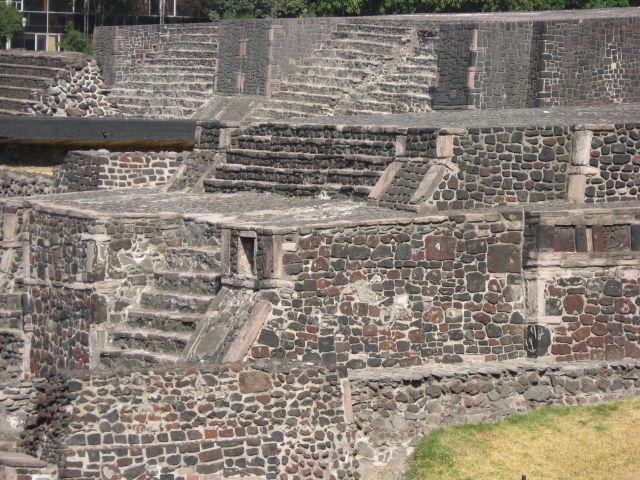
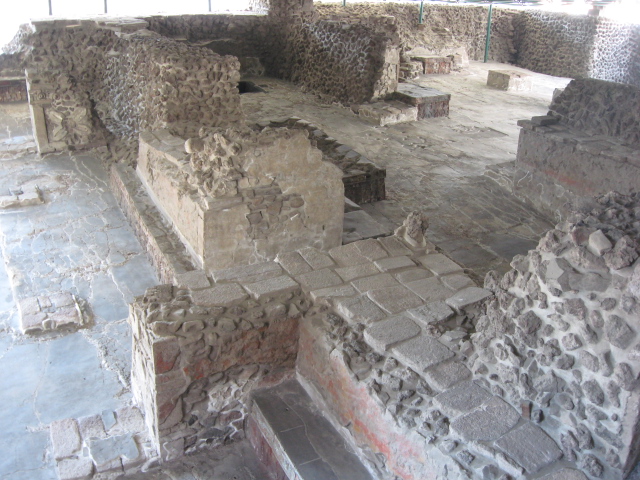
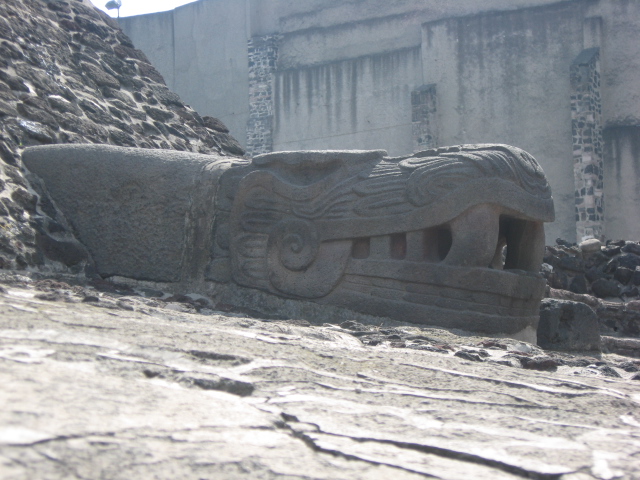
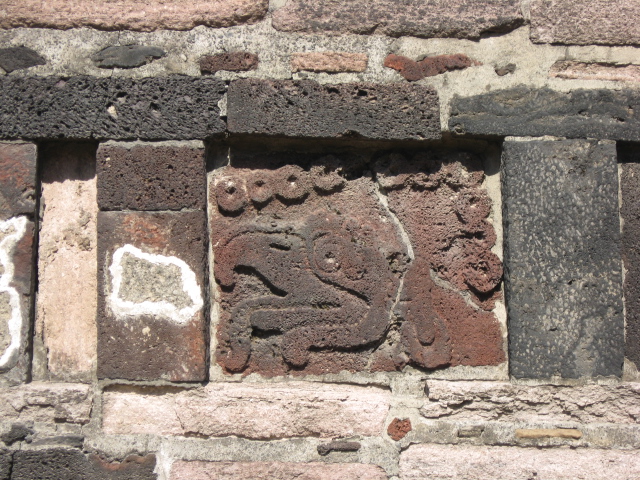
The Spanish conquistadors destroyed Tenochtitlan in the early 1500s. The Aztec city was covered over, and modern 16th-century buildings were constructed on the site. The location of the temple was lost. It was not until the mid 20th century that it was discovered. It was excavated between 1978 and1982. Thirteen 20th century buildings were demolished in order to uncover the temple ruins. Only the base of the great pyramids remains and parts of other buildings.
Templo Major
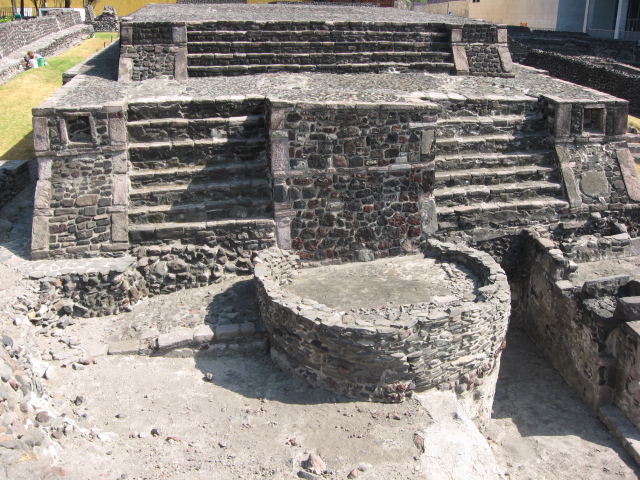
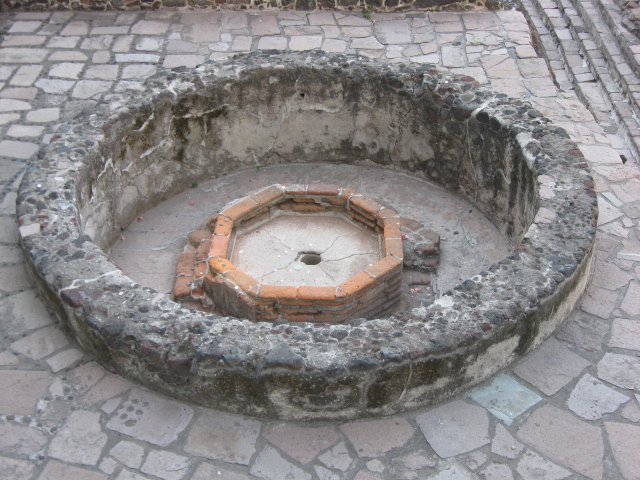
The temple was a site of human sacrifice. Prisoners of War were sacrificed here, sometimes as many as 1,000 per day after a battle, and the temple and nearby streets were covered in blood.
The site once held the main temple of the Aztec Empire. Construction began about 1325. The Spanish destroyed it in 1521. Today the ruins are listed as a United Nations World Heritage site.
One of the most interesting things at Templo Major is the Chac Mool. Chac Mool is a statue of a reclining person with his head turned 90 degrees and a bowl on his stomach or a flat stomach. The Chac Mool was used to hold hearts and other body parts during human sacrifice ceremonies.
Museum of the Templo Major
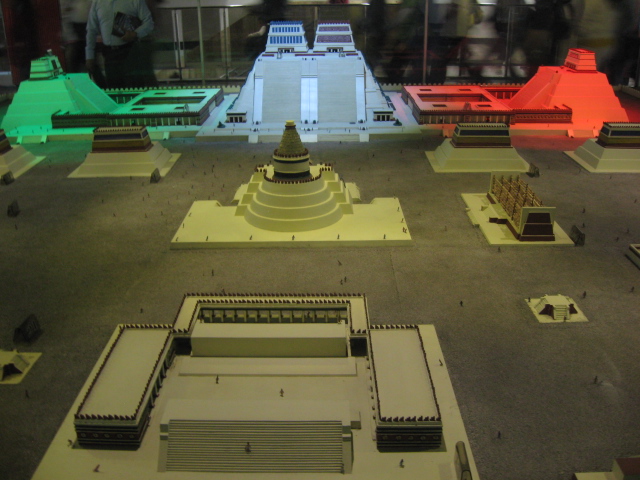

After touring the ruins, you will come to the best part of the site, the Museum of the Templo Major. This is a modern museum containing all the artefacts found in the ruins. It was built in 1987. It has three floors of exhibits, divided into eight exhibition halls.
- The first room contains the huge stone disk of Coyolxauhqui.
- The second room contains items dedicated to the ritual of human sacrifice.
- Room three contains artefacts used in daily life and commerce in the city.
- Rooms four and five are dedicated to the god Huitzilopochtli, Tlaloc and other Aztec gods.
- Rooms six and seven contain artefacts of agriculture, flora and fauna.
- The final room explains the archaeology and history of the site.
You could do all of the above in one day if you are pressed for time, but to enjoy the museum without being rushed, I suggest you spend the first day being a typical tourist and devote the second day to the site and museum.
The ruins are fascinating but certainly will not be the best site on your tour of the Ruta Maya.
In the second instalment of the Ruta Maya, we will travel further afield to the amazing Aztec city of Teotihuacan, a mostly intact city with three huge pyramids.
